Fit Testing
Quantitative fit testing equipment is a critical tool for ensuring workplace safety and protecting the health of employees in industries that require respiratory protection. With the increasing awareness of airborne hazards, it is essential to verify the efficacy of respiratory protective equipment to ensure that it fits properly and effectively protects workers from exposure to airborne contaminants. Quantitative fit testing equipment provides a reliable and objective measurement of the effectiveness of respirators and ensures that workers are adequately protected. In addition to promoting safety in the workplace, quantitative fit testing equipment also enables research into the design and effectiveness of respiratory protective equipment, allowing for continuous improvement in the field of workplace safety and health.
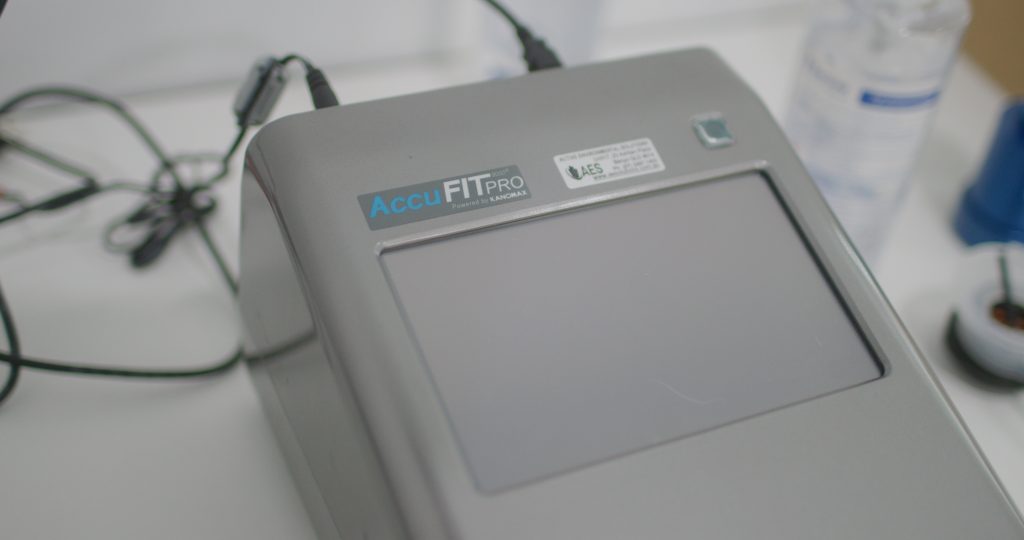
Harness Use
Harness testing and research is of critical importance to the construction industry, where workers are routinely exposed to heights and the risks of falls. A safety harness is an essential piece of personal protective equipment (PPE) that can significantly reduce the risk of injury or death from a fall. Regular testing and research into harnesses ensure that they meet safety standards and can withstand the rigors of construction work. This testing includes examining the strength of the harness, the quality of the webbing, buckles and other components, and simulating various types of falls to ensure the safety and durability of the harness. Harness testing and research also enable the development of more advanced harness designs, which can improve worker safety and comfort, and ultimately, reduce the risk of workplace accidents and injuries. By investing in harness testing and research, the construction industry can promote worker safety and protect against the devastating consequences of falls from heights.
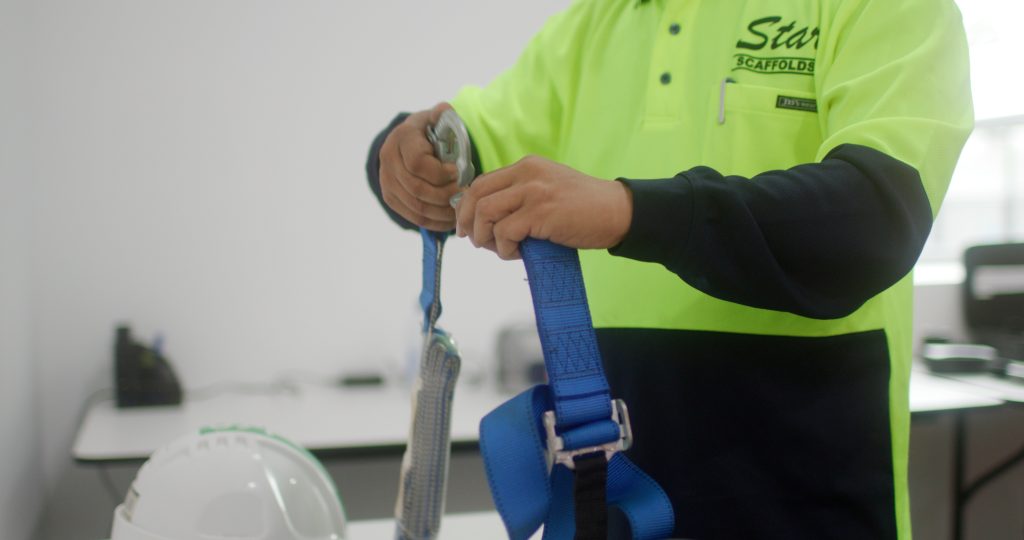
Gas Testing
The research and development of gas testing equipment is of critical importance in industries where workers may be exposed to hazardous gases. Gas testing equipment is essential for monitoring the quality of the air in enclosed spaces, such as tanks, pipelines, or tunnels. It enables workers to detect and identify hazardous gases in the air and take appropriate actions to protect themselves from exposure. Regular testing and research into gas testing equipment ensure that it meets safety standards and is sensitive enough to detect the presence of toxic or explosive gases. This testing includes examining the accuracy and sensitivity of the sensors, the robustness of the equipment, and the ability to withstand harsh environmental conditions. The research and development of gas testing equipment also enables the creation of new and improved technologies, such as wireless sensors, that can enhance worker safety and prevent accidents. By investing in the research and development of gas testing equipment, industries can ensure the safety of their workers and prevent the potentially deadly consequences of gas exposure.
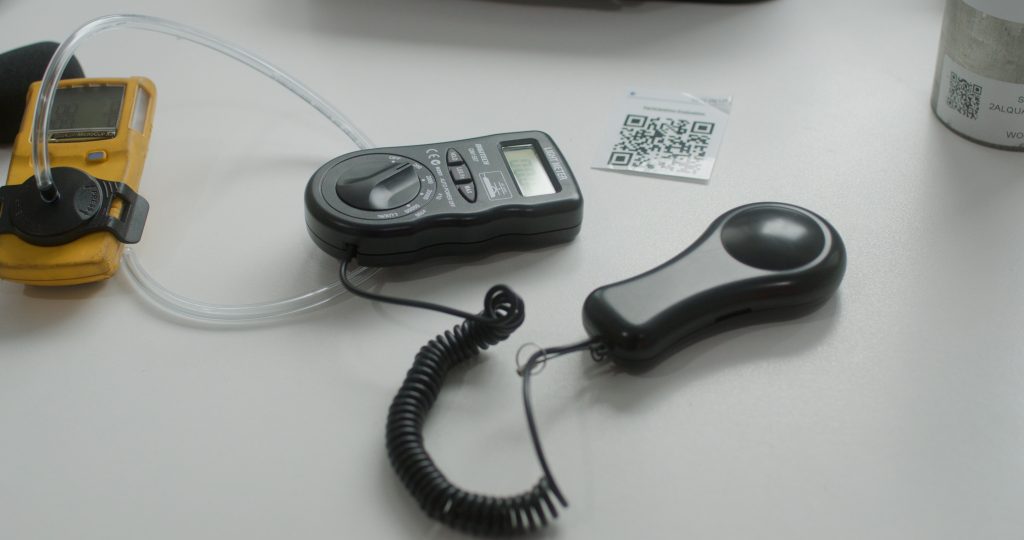
Moisture Reading
The development of moisture testing equipment is crucial for the Australian environment due to the country’s unique weather conditions and diverse range of soil types. Australia is prone to both drought and flooding, which can significantly impact agriculture, infrastructure, and the natural environment. Moisture testing equipment allows for accurate measurement of soil moisture, enabling construction managers, environmental managers, and civil engineers to make informed decisions about water usage, irrigation, and infrastructure design. This testing includes examining the moisture levels of soil, vegetation, and other materials to determine the most efficient and sustainable use of water resources. The development of moisture testing equipment also enables the creation of new technologies, such as remote sensors that can improve data collection and analysis, enhancing our ability to manage the environment sustainably. By investing in the development of moisture testing equipment, we can better understand and manage the impact of weather and climate on the environment, protect natural resources, and improve overall sustainability.
Concrete Scanner
Research and development on concrete scanners has led to significant advancements in the field of non-destructive testing for concrete structures. Concrete scanners use a variety of technologies, such as Ground Penetrating Radar (GPR), ultrasonic pulse echo, and electromagnetic induction, to detect the internal condition of concrete without damaging the structure. Recent findings have shown that the accuracy and resolution of concrete scanners have significantly improved, allowing for more precise mapping of rebar, voids, and other anomalies within concrete structures. Additionally, new software and data processing techniques have been developed, enabling the creation of 3D models of concrete structures with detailed visualizations of internal features. As a result, concrete scanners are now widely used in the construction industry for quality control, maintenance, and inspection purposes, helping to ensure the safety and durability of concrete structures.
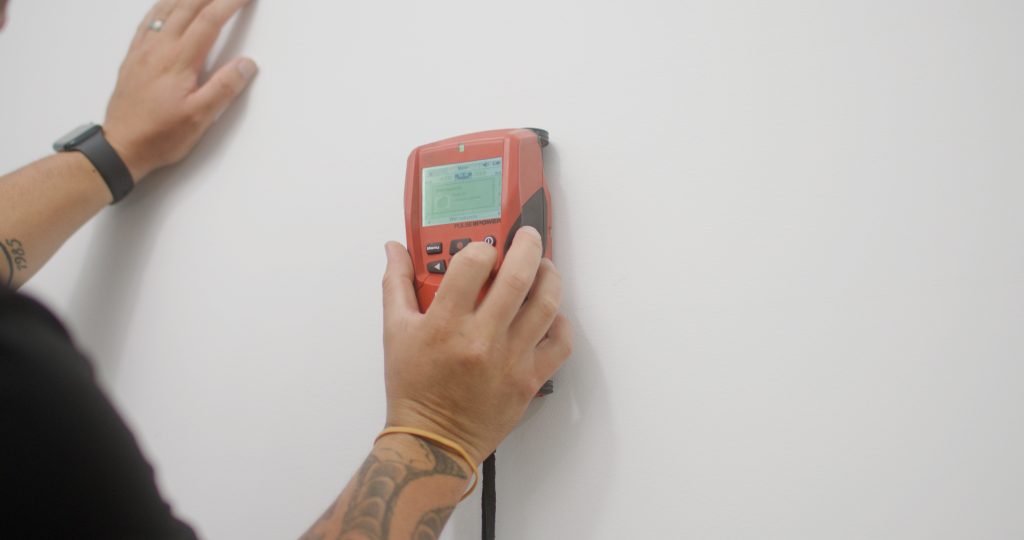
Thermal Imaging Camera
Thermal imaging cameras have been an essential tool for many industries for decades, enabling non-contact temperature measurement and providing valuable insights into the thermal behaviour of materials and systems. Recent research and advancements in thermal imaging technology have further expanded the capabilities of these cameras, making them even more useful for industry. For example, newer cameras can capture images at higher resolutions and faster frame rates, allowing for more detailed analysis of thermal patterns and trends. Additionally, advances in software algorithms have enabled thermal imaging cameras to detect and classify different materials and identify potential defects and anomalies. With these capabilities, thermal imaging cameras are now used in a wide range of industries, from manufacturing and production to building inspections and electrical maintenance, helping to improve efficiency, quality control, and safety in various applications.
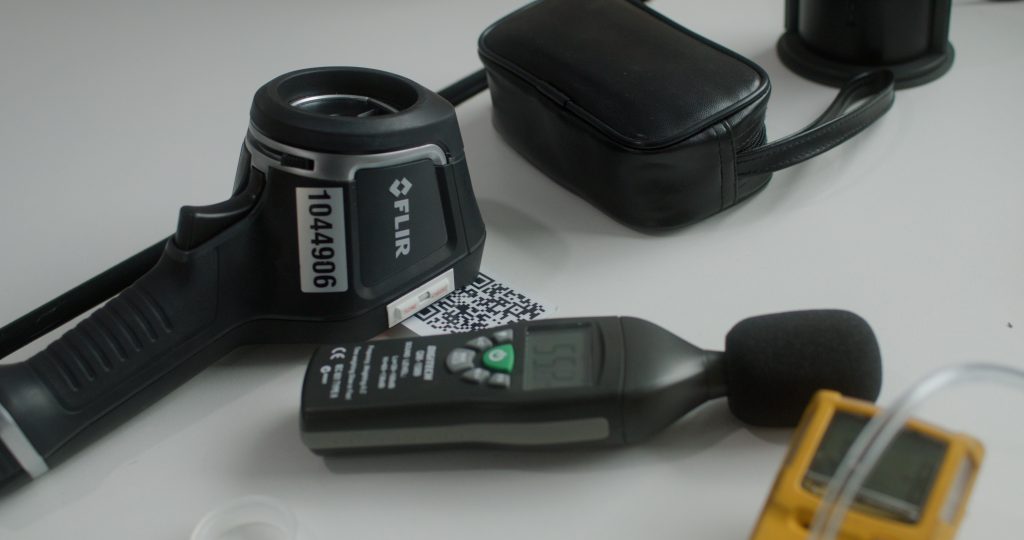
Pipe Camera
Pipe cameras are a type of inspection tool used to inspect the interior of pipes and other narrow spaces that are difficult to access. These cameras have been around for decades, but recent advancements in technology have greatly improved their capabilities and made them more accessible for a wider range of applications. For example, newer pipe cameras feature higher-resolution cameras, brighter LED lights for illumination, and longer cables for deeper inspections. Additionally, some pipe cameras are now equipped with GPS and other sensors to track their location and provide valuable data for mapping and analysis. These advancements have made pipe cameras an essential tool for many industries, including plumbing, construction, and manufacturing, helping to improve efficiency, safety, and quality control. Furthermore, with the ongoing development of artificial intelligence and machine learning, pipe cameras are likely to continue evolving and becoming even more sophisticated in the future.

